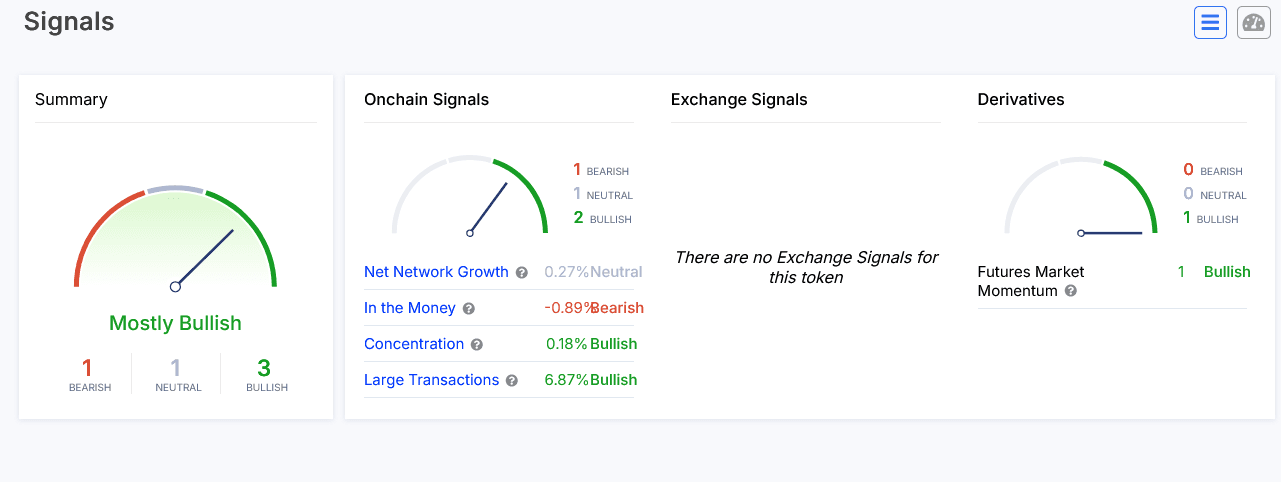Ethereum investors have been making big moves lately, with a mix of profits and losses catching everyone’s attention. Over the past two days, gains of $230 million and losses of $141 million from selling activity show just how unpredictable the market can be. But what’s driving these trends, and what does it mean for Ethereum’s future? Let’s break it down in this Ethereum Price prediction article and explore the factors behind these numbers.
How has Ethereum (ETH) Price Moved Recently?
ETH/USD Daily chart- TradingView
Ethereum is currently priced at $3,144.84, with a 24-hour trading volume of $36.07 billion. It holds a market cap of $378.72 billion and accounts for 11.80% of the cryptocurrency market. Over the last 24 hours, ETH has seen a slight increase of 0.56%.
Ethereum hit its all-time high of $4,867.17 on November 10, 2021, while its lowest price was recorded on October 21, 2015, at $0.420897. Since reaching its ATH, the lowest point ETH has fallen to is $897.01, known as the cycle low, while its highest price since that drop was $4,094.18 (cycle high). The market sentiment around Ethereum remains bullish, with the Fear & Greed Index reflecting a score of 82, indicating “Extreme Greed.”
The current circulating supply of Ethereum is 120.43 million ETH, with a modest yearly supply inflation rate of 0.14%, equating to 174,124 new ETH created in the past year.
Why Ethereum (ETH) Price Is Not Rising?

ETH Analysis: image Source: IntoTheBlock
ETH price hasn’t been climbing recently, and there are some clear signs as to why. Over the past few days, investors have been actively selling ETH—some at a loss and others locking in profits. On Tuesday alone, losses totaled $141.3 million, the highest since mid-September, while profits reached $230 million.
This mixed activity highlights a rise in selling pressure, particularly from long-term holders, as shown by spikes in the ETH Age Consumed metric. These holders, often managing larger amounts of ETH, seem to be cashing out, and while the selling hasn’t caused a major price crash, it’s enough to stall any upward momentum.
Another reason ETH price isn’t gaining ground could be how investor behavior is shifting. In the past, capital often moved from Bitcoin to Ethereum and then to smaller altcoins. But now, Bitcoin’s continued dominance, especially with strong institutional interest, has changed the game.
Many investors are skipping ETH and jumping straight into altcoins that have been performing better recently. This rotation of funds is leaving Ethereum in a tricky spot, as it struggles to stand out in a crowded market.
Ethereum Price Prediction: Will Ethereum Price Rise?
So, what’s next for ETH? A lot depends on whether this selling pressure eases or continues and how the altcoin market performs in the coming weeks.
If Ethereum can reclaim attention, perhaps through developments in staking or other upgrades, it might regain some momentum. But for now, it seems stuck in the middle—too big to ignore but not exciting enough to draw in fresh capital.
Ethereum’s price has shown resilience, with a 57% increase over the past year, indicating strong market interest despite facing challenges. Its position above the 200-day simple moving average (SMA) signals bullish long-term momentum, a critical indicator that traders often use to gauge future price trends.
Additionally, Ethereum recorded 16 green days in the last 30 days, reflecting a consistent, albeit moderate, upward trend. With its high liquidity relative to its market cap and a low yearly inflation rate of just 0.14%, Ethereum remains a stable asset in the crypto ecosystem, making it appealing to investors seeking less volatility.
However, Ethereum has been outperformed by Bitcoin and 60% of the top 100 crypto assets over the past year. This suggests that while it remains a solid investment, it’s losing some ground to other assets with stronger short-term gains.

ETH Analysis: image Source: IntoTheBlock
The recent selling pressure, driven by long-term holders cashing out and capital rotating into more bullish altcoins, adds another layer of complexity to Ethereum’s immediate prospects. These factors could dampen its ability to attract fresh capital in the short term, particularly as other assets dominate headlines and trading volumes.
Looking ahead, Ethereum’s price has the potential to rise, but several factors will determine the pace and extent of any gains. Its current position above the 200-day SMA and consistent trading activity suggest it has a solid foundation for growth.
If the selling pressure eases and long-term holders stabilize their positions, Ethereum could regain its upward trajectory. Additionally, developments in Ethereum’s ecosystem—such as improvements in scalability or staking rewards—could reignite investor interest.
In the short term, Ethereum’s performance will likely depend on broader market trends. If Bitcoin maintains its dominance, Ethereum may struggle to outpace it. However, if altcoin interest wanes or investors rotate back into more established assets, ETH could see renewed momentum. Ultimately, Ethereum remains a long-term contender, and while its price may rise, its growth may not be as rapid or dramatic as other high-performing assets in the crypto market.

